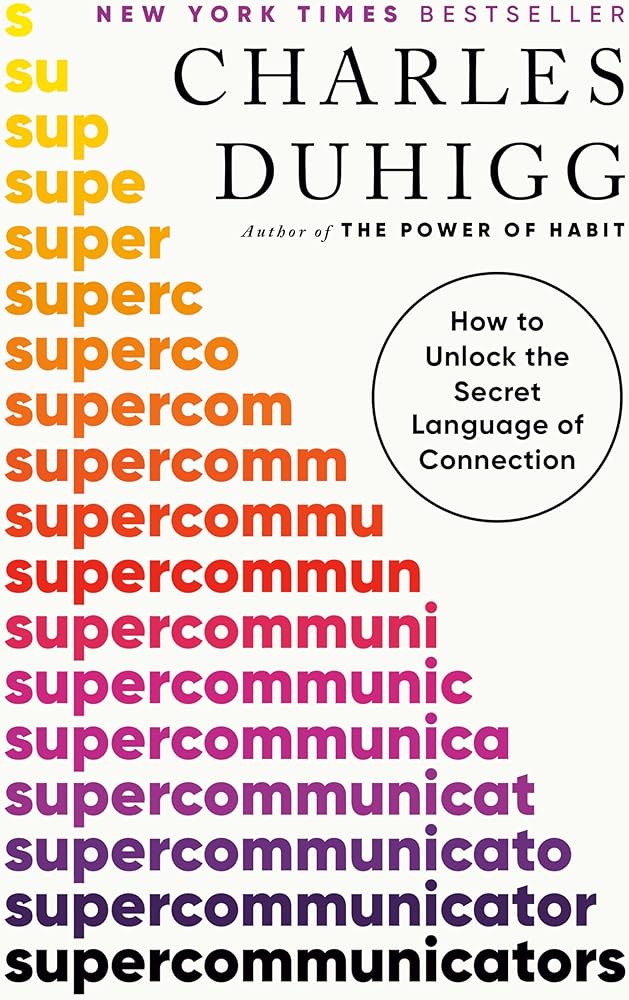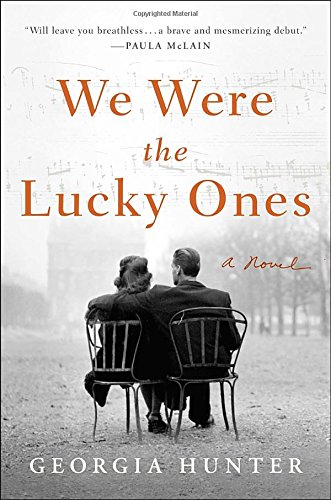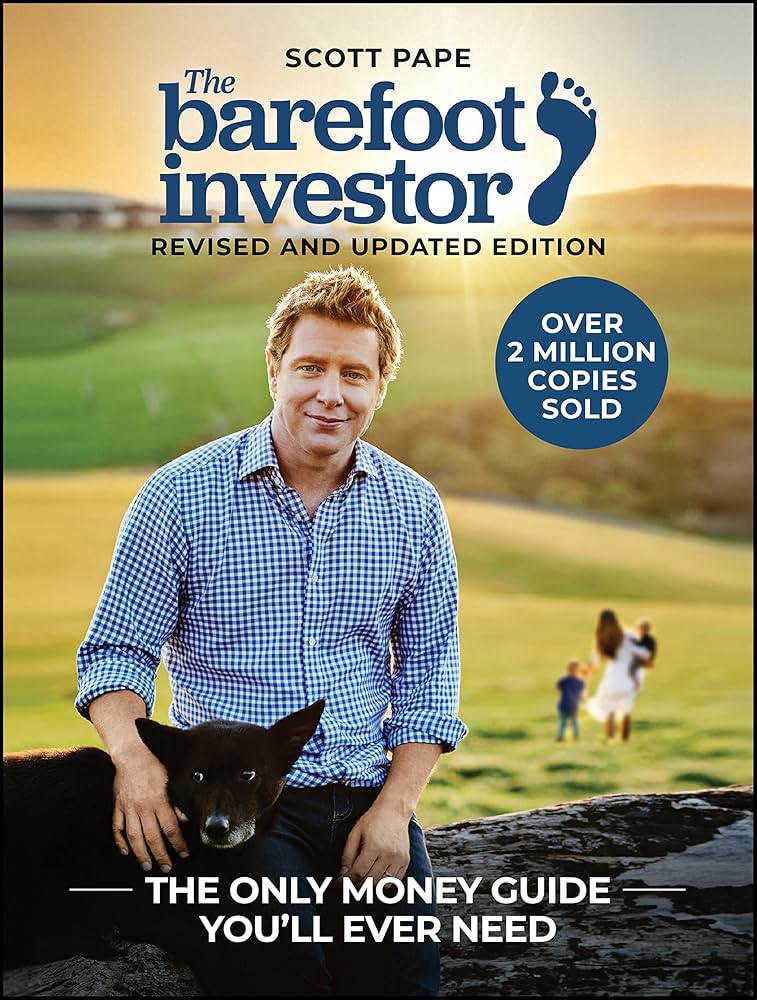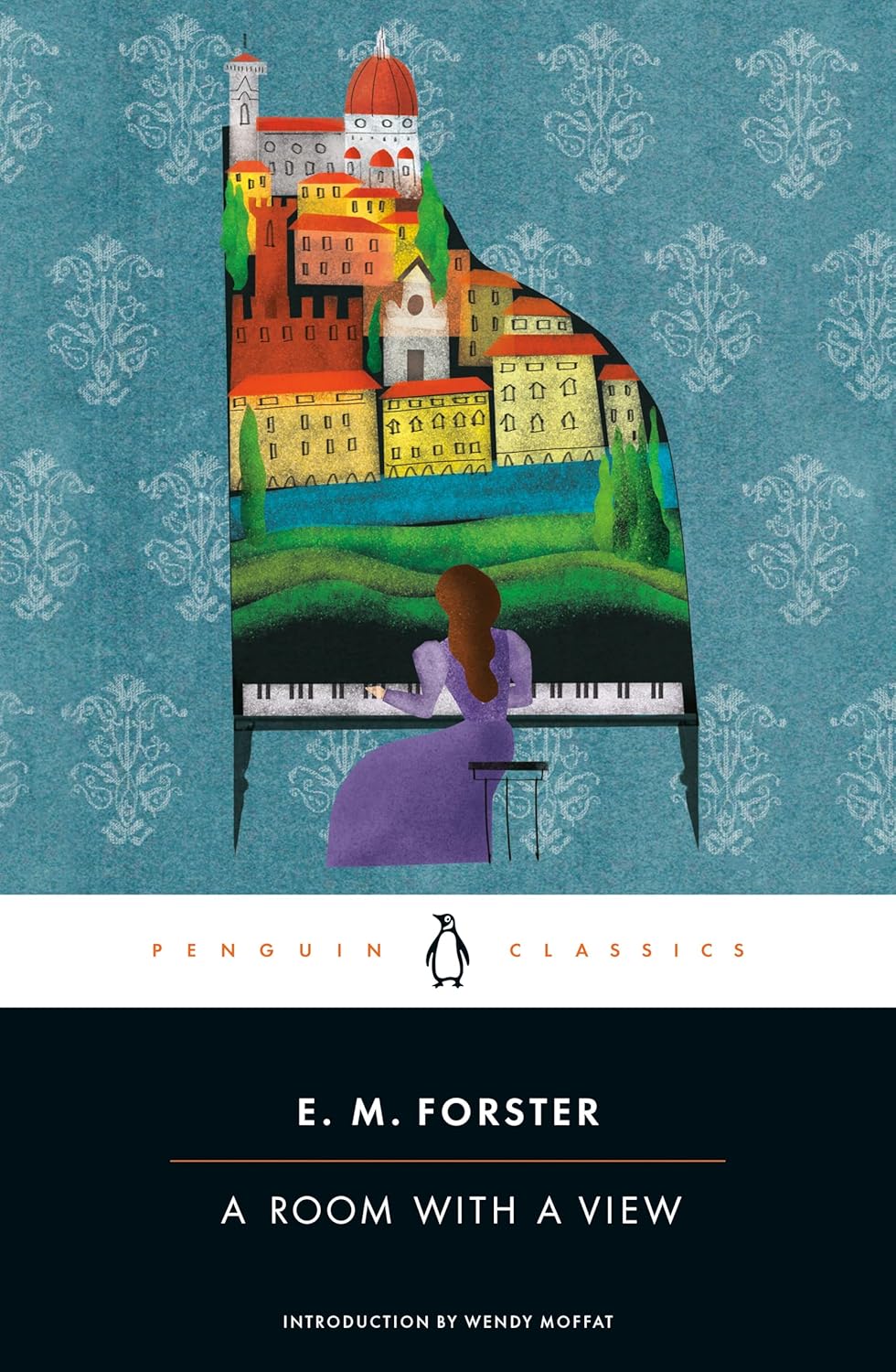Book Review: East of Eden
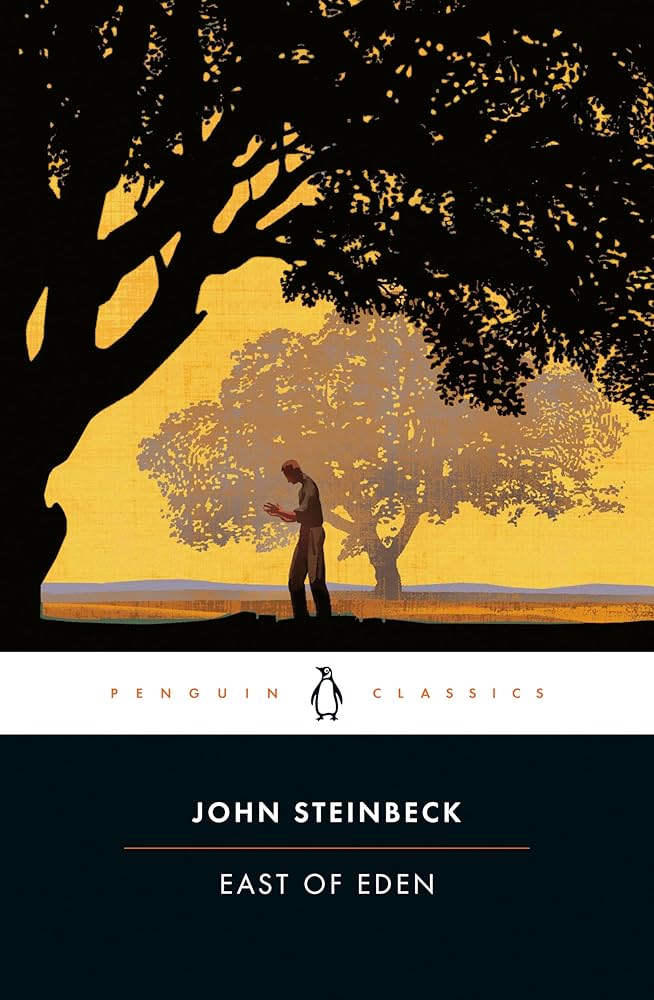
Title: East of Eden
Author: John Steinbeck
Length: 608 pages
Genre: Fiction
Plot Summary: Set in California’s Salinas Valley between the Civil War and World War I, this sweeping novel traces the intertwined destinies of two families — the Hamiltons and the Trasks — across three generations. The Trask family’s story, in particular, echoes the biblical tale of Cain and Abel, as brothers Adam and Charles, and later Adam’s sons, Cal and Aron, struggle with jealousy, love, and the burden of inherited sin. After Adam’s wife, Cathy, abandons her family in a shocking act of violence, Adam is left to raise their twin sons with the help of Lee, his wise and philosophical servant. As the characters wrestle with questions of good and evil, free will, and redemption, the novel’s central theme emerges: the power of choice, encapsulated in the Hebrew word “timshel” — thou mayest.
Review: It’s an ambitious novel to tell the story of three generations, but perhaps also a simple quest when, as Steinbeck himself declared, mankind has only one story to tell — the struggle between good and evil. Through the lives of the Trask and Hamilton families, the narrative explores how the weight of generational sins can shape destinies, while also emphasizing the profound power of free will to break destructive cycles.
Among the richly drawn cast, Lee emerges as the true heart of the novel. His introduction of the concept of “timshel” anchors the book’s central theme, offering hope that individuals are not bound by their past or their nature. Lee’s wisdom, empathy, and quiet strength make him the novel’s moral compass, and his guidance is instrumental in Cal’s path toward self-understanding and redemption.
I found myself wishing for a deeper exploration of Abra’s character. Like Cal, she grapples with her own internal battle between light and darkness, but her journey remains largely in the background. A fuller depiction of her growth would have added another compelling layer to the story’s meditation on choice and morality.
In contrast, the novel devotes significant attention to Cathy, whose portrayal as innately and irredeemably evil feels almost mythic. She is depicted as a character incapable of love or goodness, regardless of the affection shown to her. While this stark contrast heightens the novel’s exploration of moral extremes, it also leaves Cathy feeling one-dimensional, especially when compared to characters like Charles and Cal, whose capacity for good is shown to be shaped by the love they receive.
What elevates East of Eden beyond its thematic weight is Steinbeck’s poetic prose, particularly in the early chapters. His descriptions of the Salinas Valley — its golden hills, parched earth, and resilient people — read like lyrical hymns to the land. The novel’s rhythm feels unhurried yet deliberate, as if Steinbeck is painting with words, layering each sentence with the care of an artist capturing light on canvas. I love Steinbeck’s ability to weave philosophy into the fabric of everyday life, to render the Salinas Valley as both setting and character, and to infuse dialogue with quiet profundity (particularly in Lee’s exchanges with Samuel Hamilton).
Rating: 4/5

